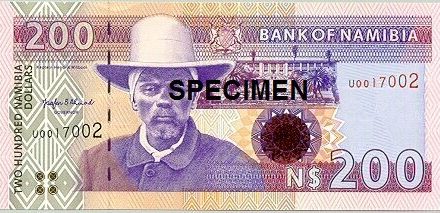
New developments in manganese mining hold huge promise
Otjozondo Mining, the company behind the exploration and demarcation of the second major manganese deposit at Otjozondo, is on the cusp of starting a new, scalable mining operation to establish and confirm estimated recovery parametres.
All the latest technical information is available on the parent company’s website, Shaw River Manganese Limited, an Australian exploration company listed on the Australian Stock Exchange, and based in Perth. For the past year, Shaw River has diligently kept the local media informed about their progress at Otjozondo, but it was only during this week, that I fully came under the impression of the huge potential of this deposit.
Shaw River appeared as a blip on my radar last year, when I first started taking notice of the exploration results they published for their Otjozondo project. We published the odd news item as they released them, but as in all exploration, this was rather technical and bland, nothing to get too excited about. As a matter of fact, I regarded it as just another foreign explorer trying to create the required hype, to sell an African project to prospective investors on their local bourse.
This week, I had the opportunity to meet with the leading minds and drivers of Shaw River’s Otjozondo manganese project. An update on their latest exploration results, also posted on their website during April, alerted me to the fact that there is huge potential for Otjozondo Mining, and that the project is driven by serious people whose stated intention is to start mining the deposit under an existing mining license. Now, when an explorer, of which we have dozens, make a public statement that it is ready to go to actual mining, it gets my attention.
The reason is simple: despite the dozens of exploration projects, those that eventually lead to a mine are as rare as rain in the desert. It is easy to verify this fact.
Just count the number of new mines, either commissioned or under construction since 2007, and I think the answer is 3.
Perhaps the single most important item in the latest update is that the inferred resource is 300% bigger than initially established by drilling. Since I first took Otjozondo’s exploration results seriously, the local subsidiary has not been idle. A major scoping project consisting of numerous cross-section trenches and some shallow drilling has been completed resulting in a fairly detailed mapping of the deposit. Along with this went sampling and analysis, clearly demarcating the highest yield zones from the lesser zones, enabling the geologists to come up with recovery projections that I can only describe as promising.
But it is not the technical analysis and the endless number of pages of mineral data listing yields and composition, that I want to focus on.
That we shall cover when the mining operation starts. It is the intensity of the people I spoke to this week, that convinced me this is a serious project, with a solid future, operated by serious mining folks.
When I told them the public image of the manganese industry in Namibia is contaminated, they did not flinch, instead they told me that Otjozondo Mining will take its staff responsibilities, as well as its social investment side, just as serious as its actual mining operation.
That is the sort of approach we want to hear from prospective miners.
It is my conviction that manganese can play a much larger role in our local extractive industry. While we are focused mostly on diamonds, uranium, zinc, copper and gold, there are several other minerals that are not as well explored but that can also contribute substantially to our grand fourth National Development Plan, if only we can get committed operators interested in them. Manganese is one, fluorspar another, and the latest, the so-called rare earth elements, for which I know some very dedicated exploration outfits are hunting in Damaraland.
The most typical constraint with these smaller minerals is that they do not command the volumes associated with other, more established types of extraction.
Therefore, logically, their mining operations are smaller, their output less than the big mines, their employment figures not as promising, and their profits limited. Although I admire the zeal of the investors developing, for instance, the Husab Uranium Mine, I realise with the lesser minerals, a different breed of investor and operator, is required.
Following my face to face discussion, I am under the impression that Otjozondo is operated by just that type of mind.










































